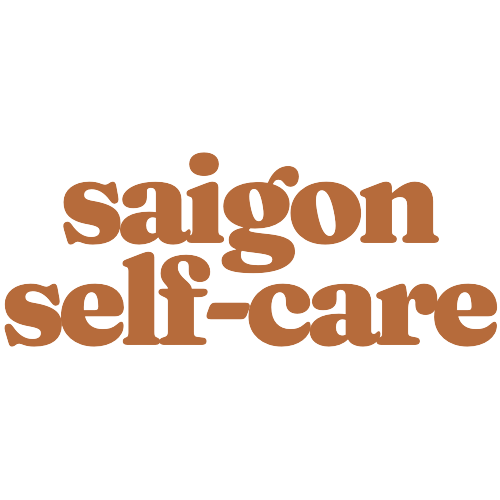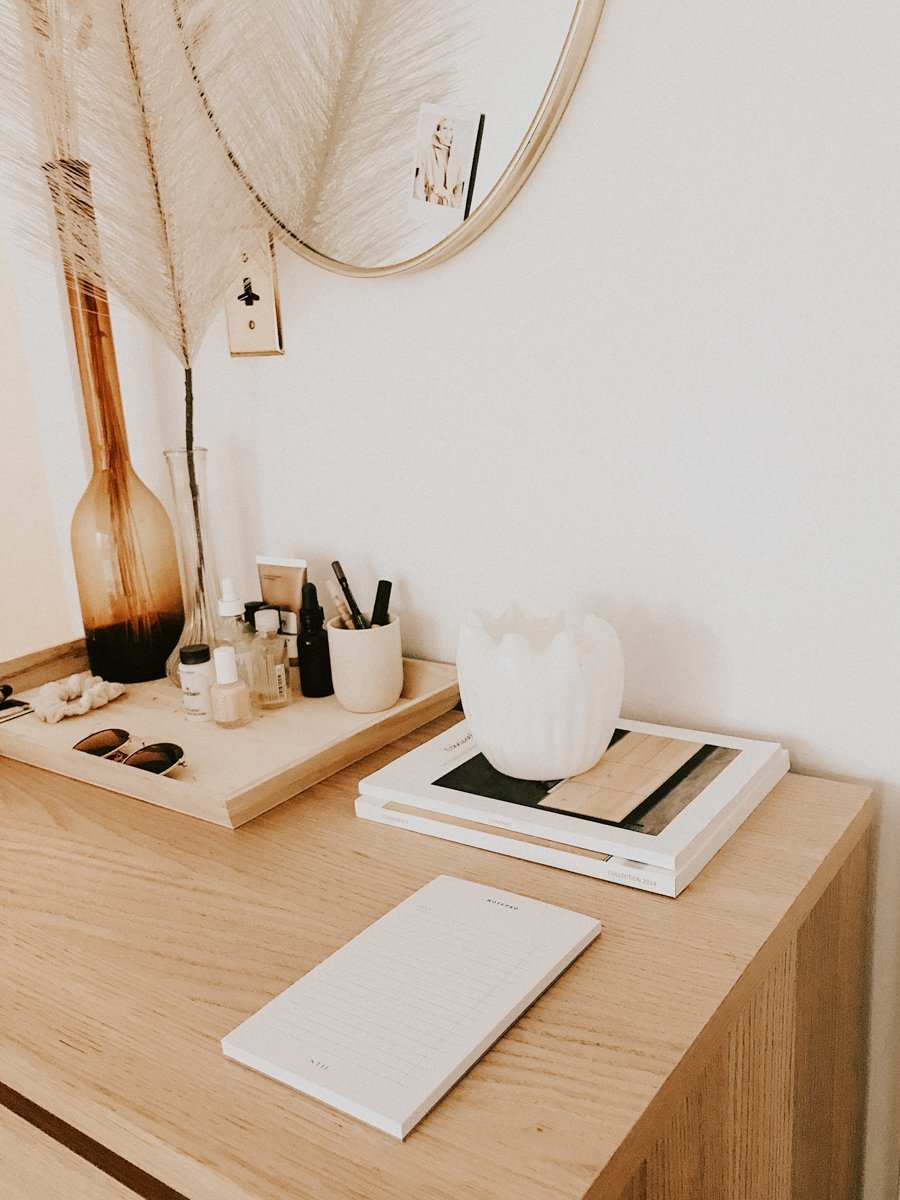Journaling Daily: Techniques for Busy People
You’ve probably heard about all of the benefits that journaling brings, including stress relief, better focus, lifted spirits, and calm energy. Like most good habits, journaling daily requires a little practice before it gets good. It took me years of on-again-off-again journaling and trying different techniques and rituals to finally find something that works for me (most of the time). Whether you’re just getting started in journaling or a long-time writer who wants to shake things up, here are several ways to journal to help you get into a regular journaling routine.
Free Writing / Stream of Consciousness
Staring at that blank page can seem fairly intimidating, especially at first. This journaling style is often called free writing or stream-of-consciousness journaling. Its aim is to get you writing something. Anything. Write the sounds you hear. The things you see around you. Get that pen moving. Write about how you’re feeling. Sleepy? Don’t feel like journaling? Write it down. The goal is to have your page less white. It helps the process.
Morning Pages is a type of stream-of-consciousness journaling made popular in the book The Artist’s Way by Julia Cameron. The author describes it as “three pages of longhand, stream-of-consciousness writing, done first thing in the morning.” She explains that there is no wrong way to do Morning Pages. “It’s simply anything and everything that crosses your mind–and they are for your eyes only. Morning Pages provoke, clarify, comfort, cajole, prioritize, and synchronize the day at hand.” Or, at the least, it’s a brain dump that can clear some mental space. Do not over-think Morning Pages: just put three pages of anything on the page…and then do three more pages tomorrow.”
Personally, I use Morning Pages as my main method of journaling daily. Because I have perfectionist tendencies, Morning Pages help me work through that. Since I’m forced to write down (mostly illegible) thoughts and words I have not carefully constructed, it takes away the pressure of journaling as something that requires any physical or mental effort. And so, it’s just me half awake scribbling in my notebook in my PJs.
Gratitude Journaling
One topic many people journal about is gratitude. At this moment, what are you grateful for? Maybe you’re grateful that you found five minutes to journal or the cup of coffee that is the only thing giving you life today. We can take many things for granted in our lives. Journaling daily about positive aspects, no matter how big or small, is an opportunity to step back and realize how much you really have. And, on my busiest or worst days, my daily journal practice is simply writing down 3 things I’m grateful for. They’re usually not even full sentences! But positive emotions can help lift you during the subsequent days.
Unsent Letters
When your journal page is an unsent letter, approach it as if you were writing an actual letter to someone. The recipient might be your younger self, future self, an ex-lover, or a departed loved one. You could even write the letter to a personified concept – perhaps a creative project you’ve been struggling with. As you write your letter, you might release anger, grief, pain, sadness, and regret. Because the letter will never reach who it is addressed to, you do not need to hold back your words or feelings. Unsent letters can be a useful journaling technique when you need answers, closure, to release blocked emotions, or help to process a situation.
Guided Journals & Journal Prompts
Journal prompts are great if you’re unsure how to start with journaling or what you want out of journaling. Good journal prompts can pique interest in particular parts of life, such as building compassion, finding contentment, and identifying goals. There are countless products out there that supply great lists of organized prompts. I’ve found Etsy a great source to find beautiful journals from artists and small creators. However, there are many free resources online. Here’s a collection of our personal favorites. So, grab a prompt from our collection and see what you write as a result.
Conclusion: Journaling Daily Takes Patience
For the longest time, I had an on-again-off-again relationship with journaling. I tried journaling before bed. Eventually, I accepted it did not work for me because I would be too tired to have the discipline to write. I purchased a gratitude journal only to find the prompts did not always satisfy what I needed that day. I tried pocket notebooks, journaling on my laptop, and buying expensive hardcover journals. After trial and error over the years, I finally found a routine that works for me.
Everyone will have a different preference depending on their schedules, what they want to get out of journaling, their environment, and their attention spans. Find the rhythm which works best for you by trying out different journaling styles and at different times of the day. With consistency and patience, journaling can be a useful tool that can help you savor your memories, reduce stress and process emotions, keep track of your dreams and inspirations, and be more self-aware and kind to yourself and those around you, to name a few.



